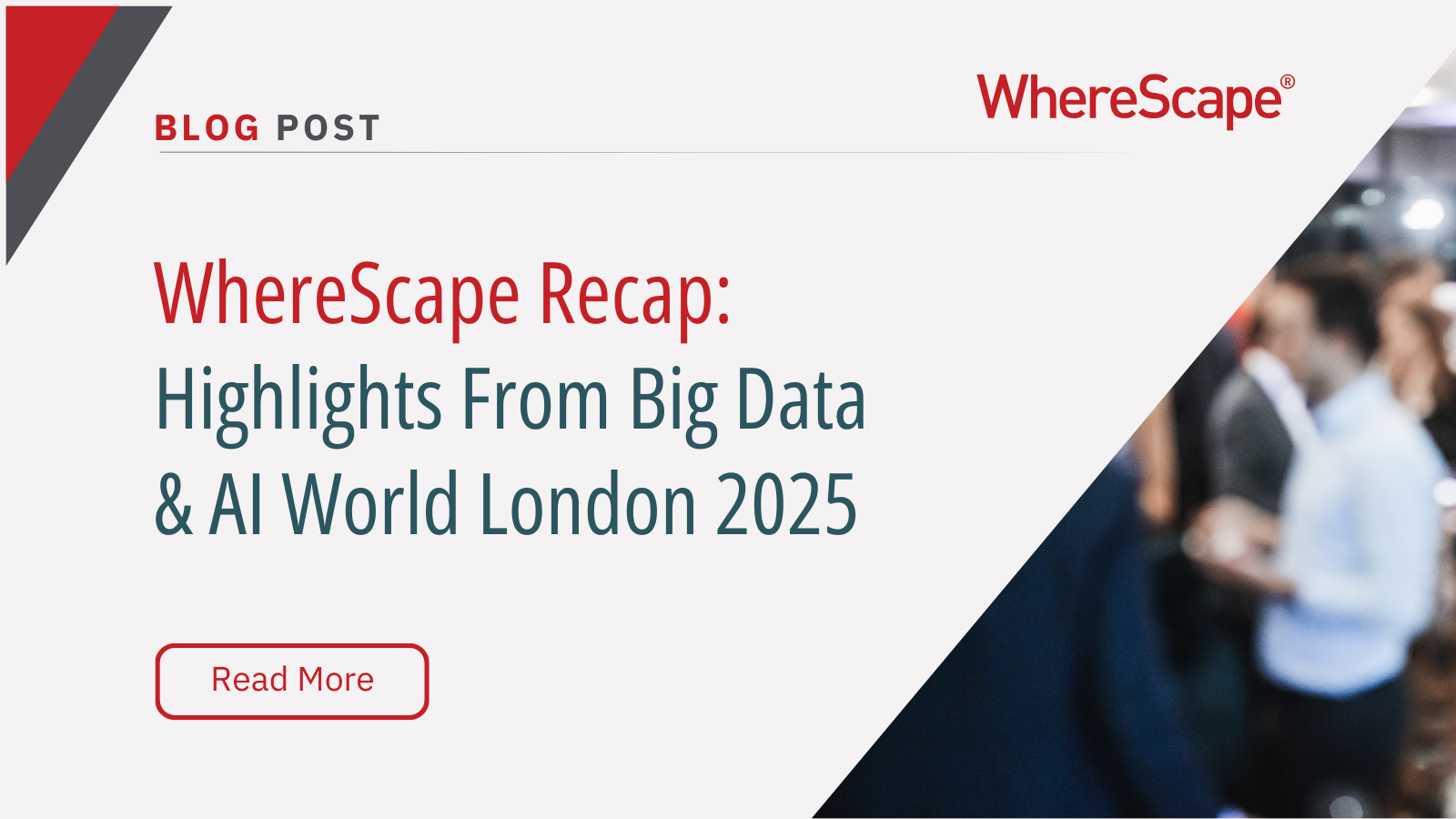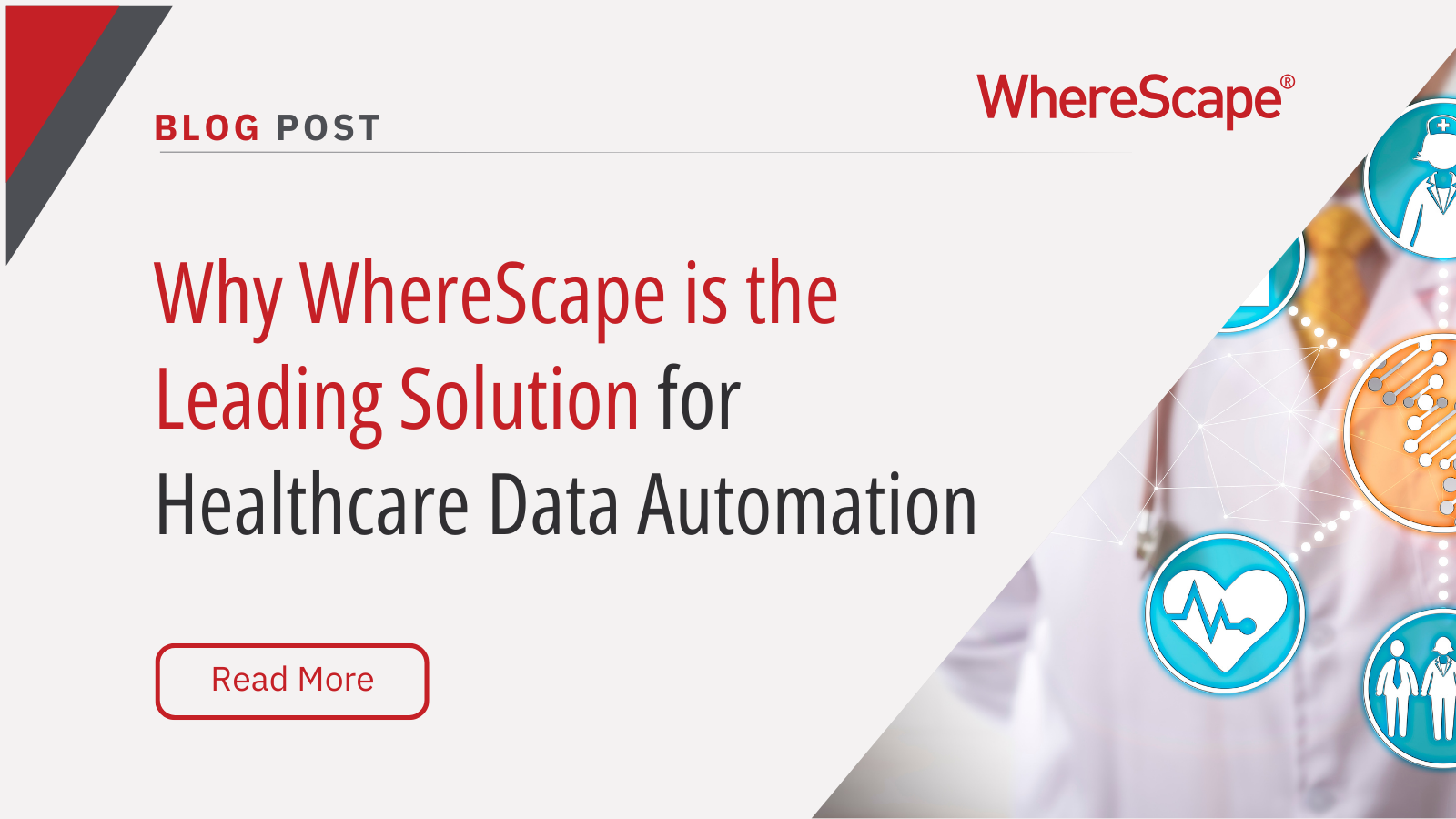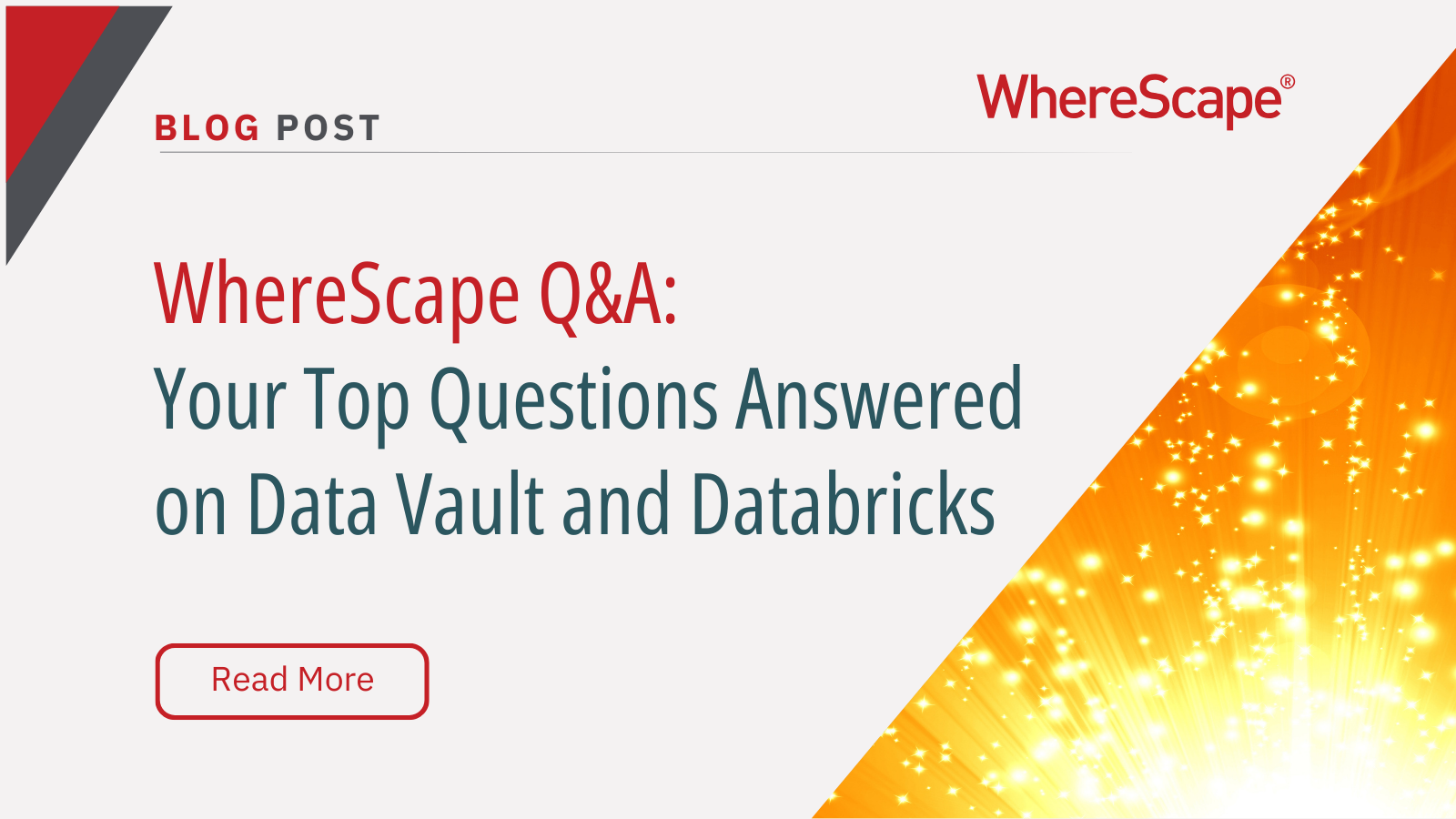Join WhereScape at the EDUCAUSE Annual...
Mastering Data Vault Modeling: Architecture, Best Practices, and Essential Tools
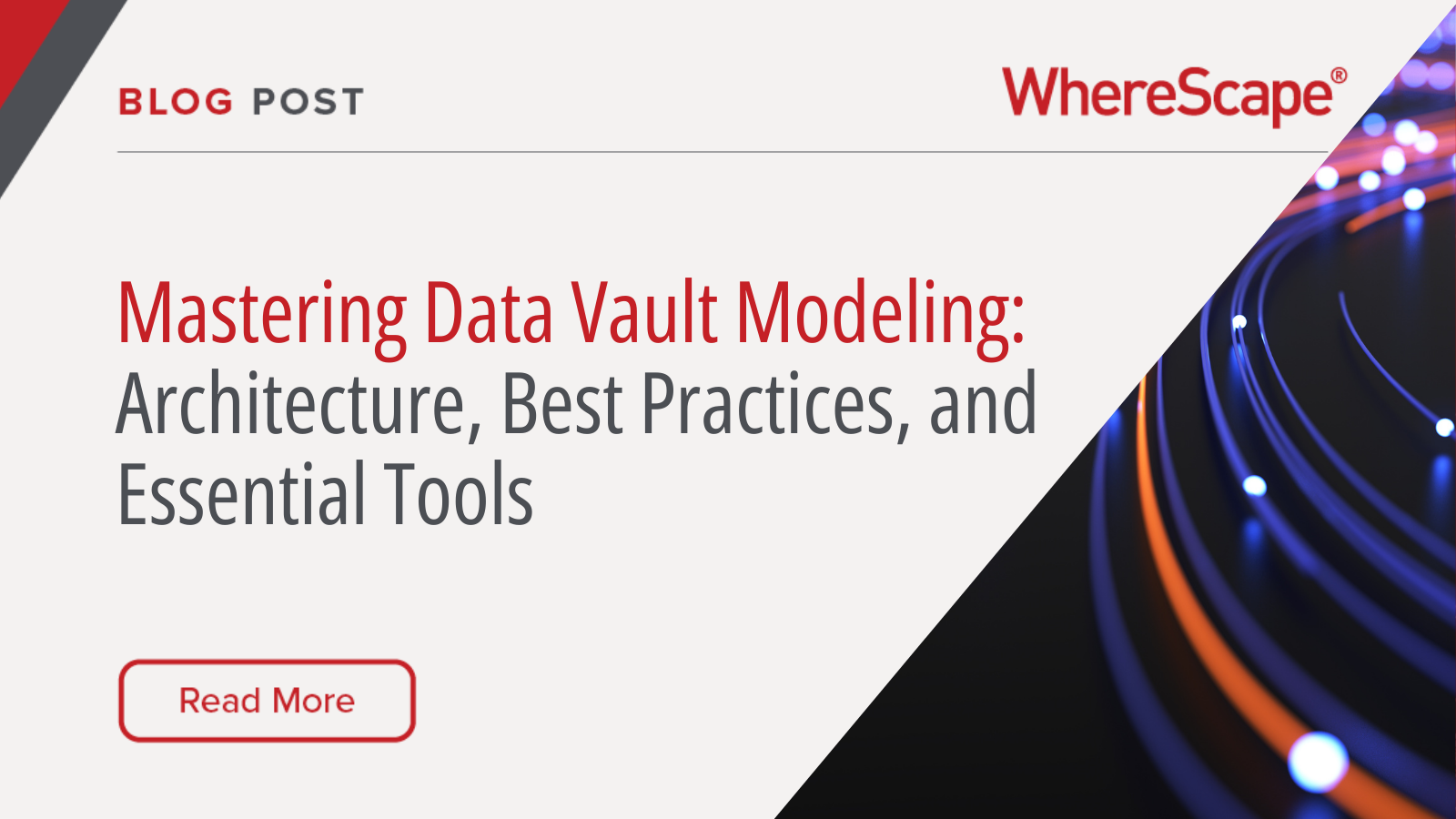
What is Data Vault Modeling?
To effectively manage large-scale and complex data environments, many data teams turn to Data Vault modeling. This technique provides a highly scalable and flexible architecture that can easily adapt to the growing and changing needs of an organization. Data Vault modeling supports the parallel processing of data, allowing teams to load large volumes of information from multiple sources simultaneously without performance bottlenecks. It also maintains a clear lineage of data, which simplifies auditing and ensures that every piece of information can be traced back to its original source.
Organizations that prioritize historical accuracy and need to integrate data from diverse sources will find Data Vault modeling particularly beneficial. Its architecture is designed to handle both structured and unstructured data, accommodating various formats and systems without compromising on consistency. By separating business logic from the data itself, Data Vault modeling enables teams to make changes to the data warehouse structure without disrupting existing data processes, ensuring that the framework remains robust and reliable even as the organization evolves.
Key Benefits of Data Vault Modeling
The key benefits of data vault modeling include the following:
- Scalable: Allows for seamless growth, accommodating expanding data needs without overhauls.
- Flexible: Adapts easily to changing requirements, making it ideal for dynamic business environments.
- Fast integration: Supports parallel loading for quicker processes, reducing time-to-insight.
- Traceable: Promotes data integrity and ensures compliance with regulations, facilitating easier audits.
These important benefits make data vault modeling an impactful strategy for organizations at every level.
Case Study: Aptus Health Optimizes with Data Vault Express™

Established in 2008, Aptus Health links health and life sciences companies with healthcare professionals, consumers, and others within the healthcare ecosystem. The company designs data-driven, multichannel marketing campaigns targeting physicians and healthcare consumers across the various digital platforms it owns and manages.
Aptus Health decided to phase out its legacy on-premises data infrastructure and transition to cloud-based data warehousing. The company chose Snowflake, a cloud-native data warehousing solution, for its self-optimizing capabilities, innovative platform, and use of AWS infrastructure, along with its distinct separation of storage and computing costs.
Additionally, Aptus Health adopted the Data Vault 2.0 data modeling approach to enhance adaptability and responsiveness to future business and technological changes. To accelerate the data infrastructure project, the company selected WhereScape® automation for Snowflake, implementing WhereScape® Data Vault Express™ for Snowflake to facilitate a smooth adoption of Data Vault 2.0.
Understanding Data Vault Architecture
The unique architecture of data vault modeling is a large aspect that sets it apart from other data approaches. This architecture consists of three main components.
Components of Data Vault Architecture
The three key components of data vault architecture are hubs, links, and satellites.
- Hubs represent core business concepts. Concepts can include product codes, user IDs, or other unique keys. Hubs anchor the data and pull data from diverse sources into one consistent entity.
- Links represent the relationships between hubs. By using links in conjunction with hubs, the architecture allows for ongoing flexibility and adaptable structuring. For example, a link might represent the relationship between a product and a supplier. If that supplier changes, the links can be easily shifted instead of adding the requirement for creating an entirely new hub.
- Satellites store the descriptive attributes and historical data of the hubs and links. They keep records of the details that may change over time, such as prices. Using satellites, data teams can update these pieces of information without overwriting past data, which supports later audit efforts and traceability requirements.
Architectural Layout
Data vault modeling prioritizes a modular architectural layout. In this layout, there are separate tables to store hubs, links, and satellites. This way, it’s easy to add new data sources or modify existing structures while maintaining the integrity of the entire system. This data vault architecture allows for a scalable approach to data integration so that the organization and the data warehouse can grow freely.
Implementing Data Vault Modeling: Best Practices
Adhering to data vault best practices can boost the efficiency and effectiveness of your data vault. With careful planning and design, teams can ensure data quality and integrity with reliable data vault tools.
Planning and Design
Before implementing data vault modeling, it’s essential to plan out the new architecture thoroughly, with plenty of attention to specifics. Sort your essential data to identify the hubs first. Then, define the relationships between those hubs to create your links. After that, pinpoint which attributes need dynamic tracking over time and assign the satellites to those attributes. Planning each element carefully is a crucial task in data vault best practices.
Data Vault Development Lifecycle
Consider the overall data vault development lifecycle in your panning and design efforts. The lifecycle should begin with a small pilot project to allow your team to test the architecture and identify areas for refinement. After a successful pilot, begin scaling to include more data sources. Build steadily and strategically, making relevant reviews and updates often to accommodate any business changes.
Ensuring Data Quality and Integrity
Data quality and integrity are the cornerstones of success in data vault modeling. From the very start, implement strategies for testing and regular data quality checks. Verify that all hubs are unique and accurate, giving a full representation of underlying business concepts.
Essential Tools for Data Vault Modeling
Data vault modeling is a useful strategy that can benefit key business functions, but it can also be a complex process without the right tools. Data vault tools like WhereScape’s Data Vault Express are essential to ensuring quality and accuracy in data vault modeling.
Overview of Data Vault Express
Data vault tools like Data Vault Express can take data vault modeling to the next level of convenience and accuracy. The built-in automation, models, and templates help reduce the complexity of building and updating data vaults. The patterns and best practices in these data vault tools facilitate automation and streamlined compliance. Develop faster and more accurate data vaults with built-in wizards to shorten the learning curve and adopt these highly useful tools more quickly.
Overcoming Challenges in Data Vault Modeling
While data vault modeling can unlock business success when used correctly, many organizations run into difficulties in the process of implementing this strategy.
Common Pitfalls and Solutions
Common pitfalls in data vault modeling include short timelines, applications of traditional data modeling techniques, and unwieldy volumes of historical data. In order to overcome these pitfalls, organizations can use automated tools like Data Vault Express. These tools help data teams meet tight deadlines without sacrificing accuracy. They also help teams embrace the more flexible architecture and new practices associated with data vault modeling, and they streamline data management to keep the data vault accurate and efficient.
Unlock the Power of Data Vault Modeling with Data Vault Express
We’ve covered the essentials of Data Vault modeling, from its scalable architecture and key components to best practices and tools. We’ve shown how Data Vault can streamline data management, ensure historical accuracy, and maintain traceability, making it ideal for complex data environments.
Following best practices and using tools like WhereScape’s Data Vault Express, you can enhance your data integration and overcome common challenges. Data Vault modeling provides a robust framework that adapts to your needs while keeping your data organized and traceable.
Ready to transform your data management? Implement Data Vault modeling with WhereScape’s support—book your demo today and receive a free Data Vault 2.0 certification with each new license of Data Vault Express. Start optimizing your data strategy with the right tools and expertise.
WhereScape Recap: Highlights From Big Data & AI World London 2025
Big Data & AI World London 2025 brought together thousands of data and AI professionals at ExCeL London—and WhereScape was right in the middle of the action. With automation taking center stage across the industry, it was no surprise that our booth and sessions...
Why WhereScape is the Leading Solution for Healthcare Data Automation
Optimizing Healthcare Data Management with Automation Healthcare organizations manage vast amounts of medical data across EHR systems, billing platforms, clinical research, and operational analytics. However, healthcare data integration remains a challenge due to...
WhereScape Q&A: Your Top Questions Answered on Data Vault and Databricks
During our latest WhereScape webinar, attendees had fantastic questions about Data Vault 2.0, Databricks, and metadata automation. We’ve compiled the best questions and answers to help you understand how WhereScape streamlines data modeling, automation, and...
What is Data Fabric? A Smarter Way for Data Management
As of 2023, the global data fabric market was valued at $2.29 billion and is projected to grow to $12.91 billion by 2032, reflecting the critical role and rapid adoption of data fabric solutions in modern data management. The integration of data fabric solutions...
Want Better AI Data Management? Data Automation is the Answer
Understanding the AI Landscape Imagine losing 6% of your annual revenue—simply due to poor data quality. A recent survey found that underperforming AI models, built using low-quality or inaccurate data, cost companies an average of $406 million annually. Artificial...
RED 10: The ‘Git Friendly’ Revolution for CI/CD in Data Warehousing
For years, WhereScape RED has been the engine that powers rapidly built and high performance data warehouses. And while RED 10 has quietly empowered organizations since its launch in 2023, our latest 10.4 release is a game changer. We have dubbed this landmark update...
The Assembly Line for Your Data: How Automation Transforms Data Projects
Imagine an old-fashioned assembly line. Workers pass components down the line, each adding their own piece. It’s repetitive, prone to errors, and can grind to a halt if one person falls behind. Now, picture the modern version—robots assembling products with speed,...
The Role of Clean Data in AI Success: Avoiding “Garbage In, Garbage Out”
Co-authored by infoVia and WhereScape Artificial Intelligence (AI) is transforming industries across the globe, enabling organizations to uncover insights, automate processes, and make smarter decisions. However, one universal truth remains: the effectiveness of any...
What is a Cloud Data Warehouse?
As organizations increasingly turn to data-driven decision-making, the demand for cloud data warehouses continues to rise. The cloud data warehouse market is projected to grow significantly, reaching $10.42 billion by 2026 with a compound annual growth rate (CAGR) of...
Simplify Cloud Migrations: Webinar Highlights from Mike Ferguson
Migrating your data warehouse to the cloud might feel like navigating uncharted territory, but it doesn’t have to be. In a recent webinar that we recently hosted, Mike Ferguson, CEO of Intelligent Business Strategies, shared actionable insights drawn from his 40+...
Related Content
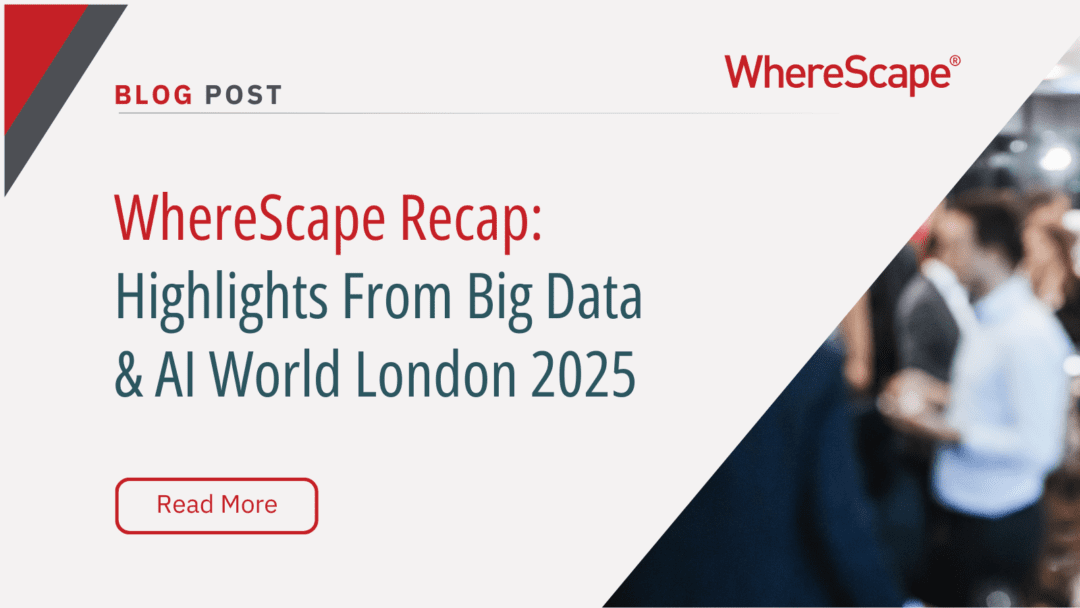
WhereScape Recap: Highlights From Big Data & AI World London 2025
Big Data & AI World London 2025 brought together thousands of data and AI professionals at ExCeL London—and WhereScape was right in the middle of the action. With automation taking center stage across the industry, it was no surprise that our booth and sessions...
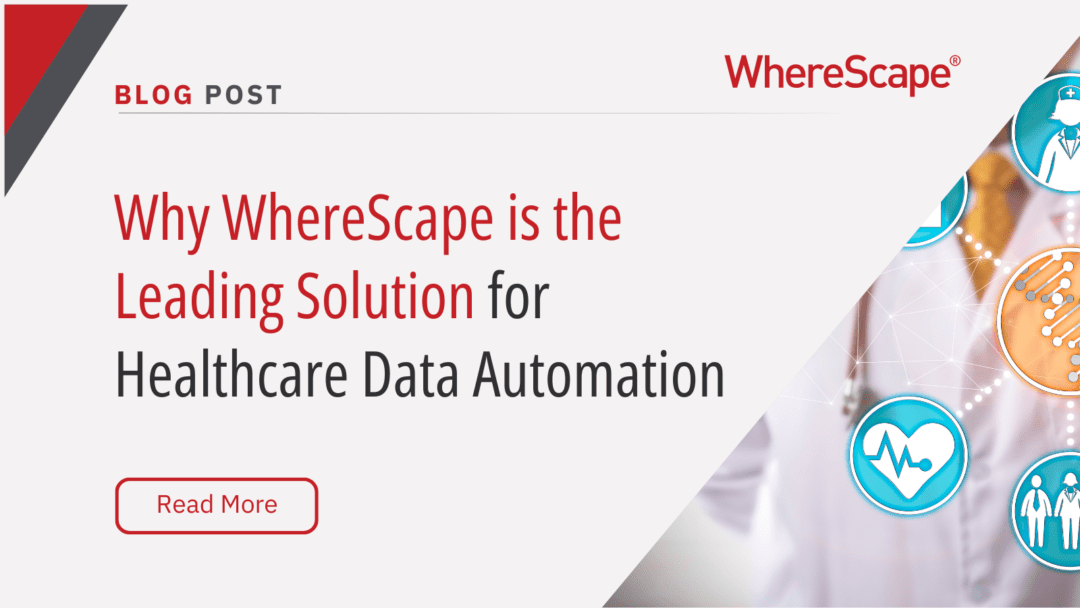
Why WhereScape is the Leading Solution for Healthcare Data Automation
Optimizing Healthcare Data Management with Automation Healthcare organizations manage vast amounts of medical data across EHR systems, billing platforms, clinical research, and operational analytics. However, healthcare data integration remains a challenge due to...
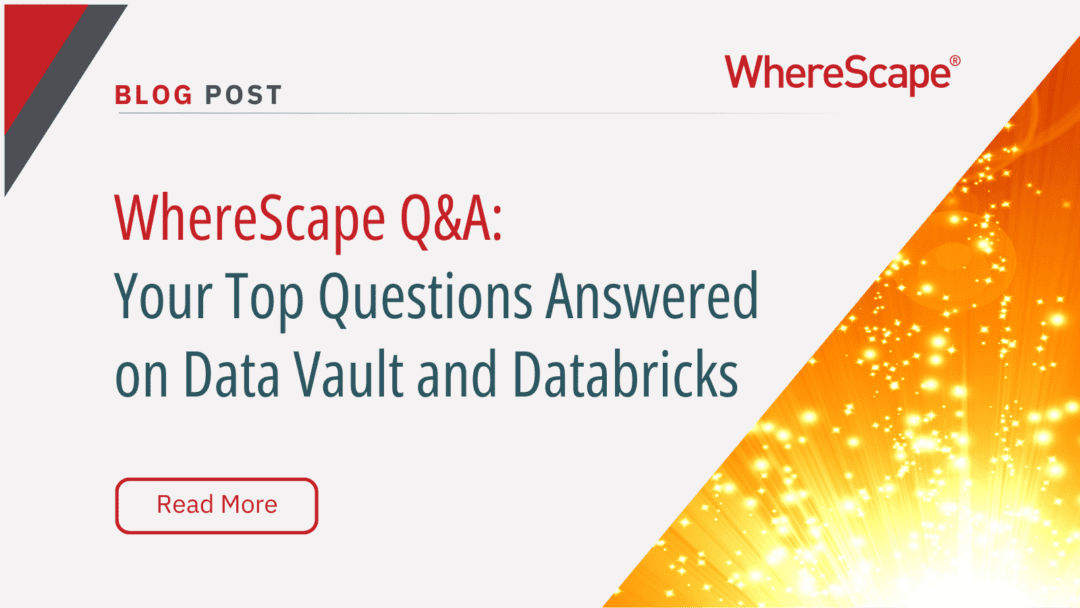
WhereScape Q&A: Your Top Questions Answered on Data Vault and Databricks
During our latest WhereScape webinar, attendees had fantastic questions about Data Vault 2.0, Databricks, and metadata automation. We’ve compiled the best questions and answers to help you understand how WhereScape streamlines data modeling, automation, and...
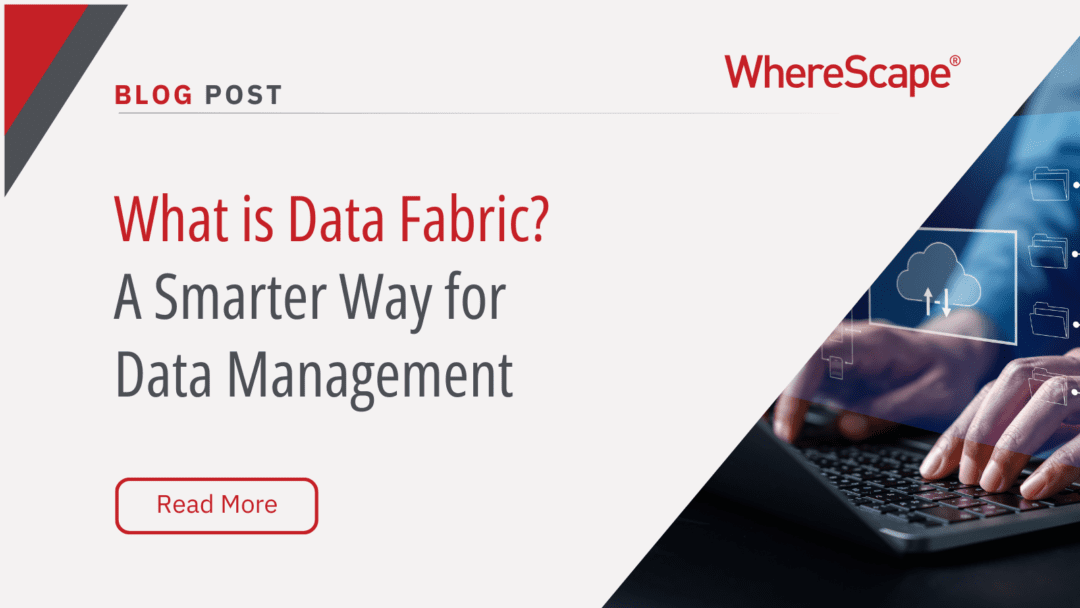
What is Data Fabric? A Smarter Way for Data Management
As of 2023, the global data fabric market was valued at $2.29 billion and is projected to grow to $12.91 billion by 2032, reflecting the critical role and rapid adoption of data fabric solutions in modern data management. The integration of data fabric solutions...


